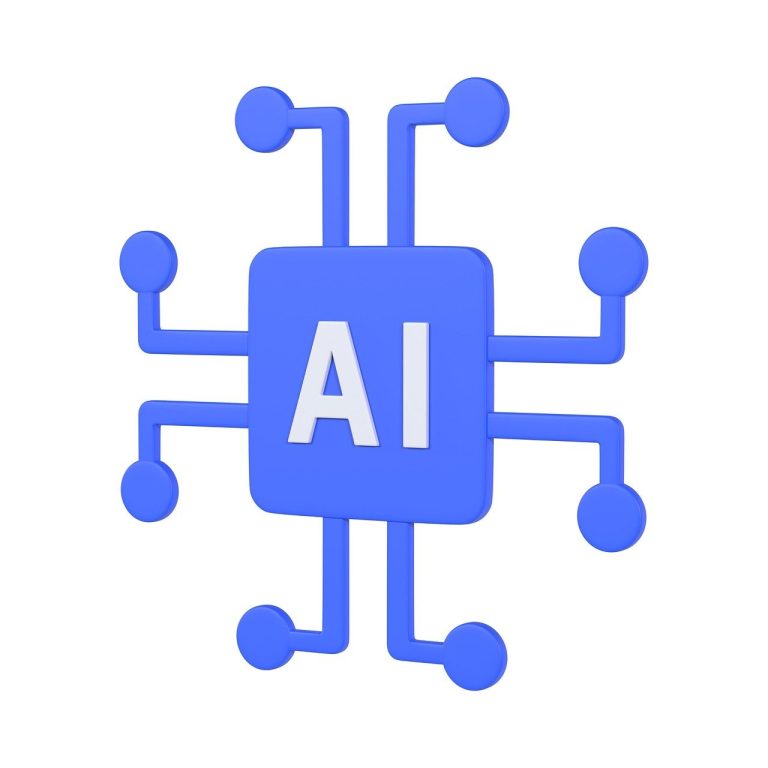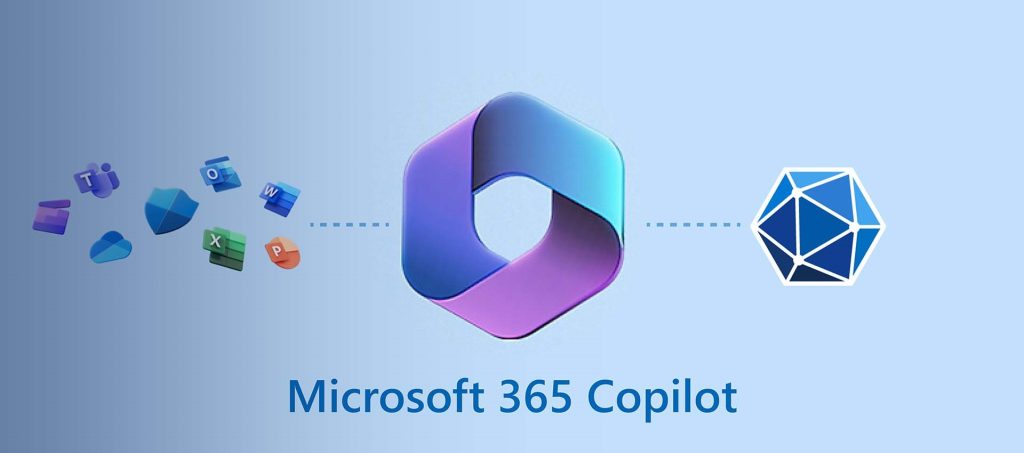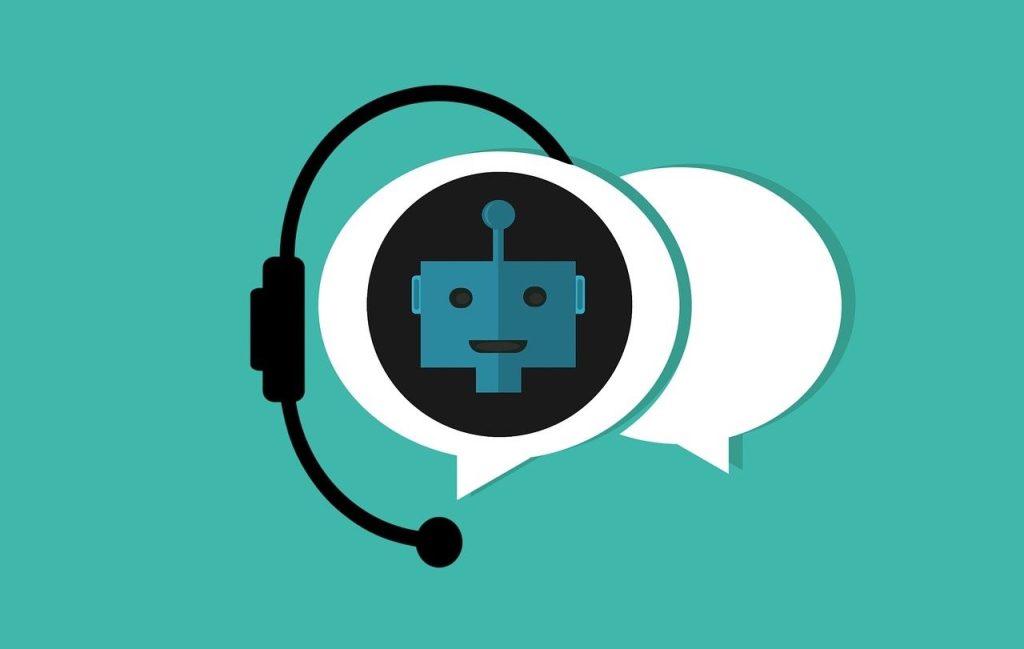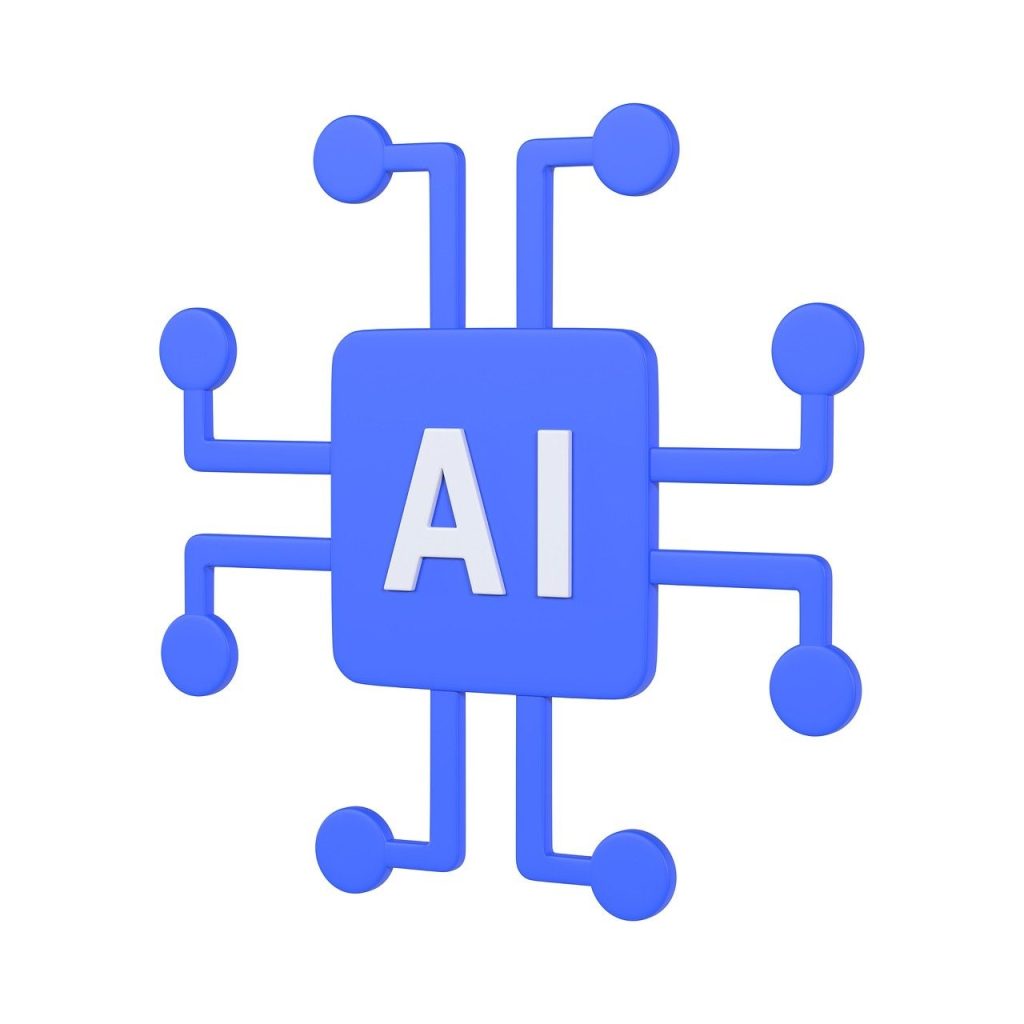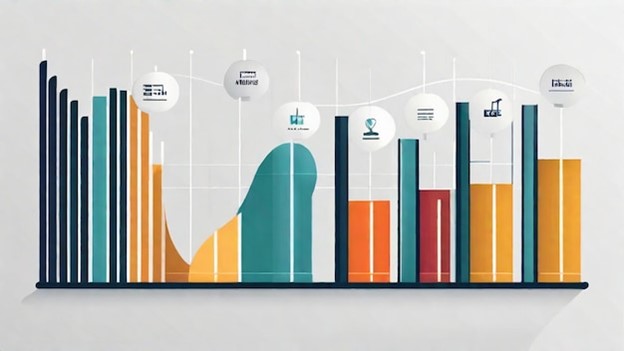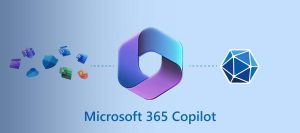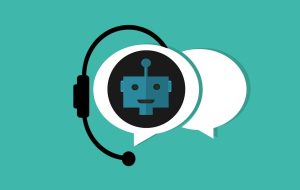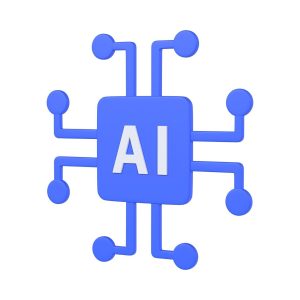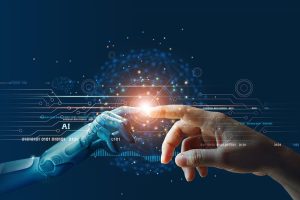Artificial intelligence (AI) has seen a dramatic increase in recent years in terms of interest and advances. AI is now a vital component in numerous sectors. Understanding the Basic Components and Branches of Artificial Intelligence, this informative post will provide you with an overview of AI, including its five branches.
AI Basic Components
The AI of a computer is its ability to synthesize and infer data, which allows it to perform cognitive tasks similar to the ones associated with the human mind. AI systems are based on several components to achieve this.
Learn more about the Learning Program – AI is built on the principle of learning, which allows machines to enhance their performance even without programming. AI systems can learn by labeling data and discovering patterns.
This learning process is reinforced by feedback, such as rewards and punishments. Voice recognition systems such as Siri and Alexa, for example, learn the correct grammar through constant exposure to language data.
Understanding and Making Decisions – AI systems utilize logical models, algorithms, and probabilistic rules to make decisions and draw conclusions. AI can process data and produce consistent results using reasoning and decision-making. A writing assistant such as Grammarly, for example, uses reasoning to decide when to use or not to use punctuation marks depending on the context.
Problem-Solving – AI’s problem-solving component is essential. It involves the use of data and its manipulation to arrive at solutions. AI systems use data to identify patterns and build models that solve problems. A chess match, for example, uses problem-solving techniques to predict the future movements of the other player, analyze their moves, and arrive at the right decision.
Perception – AI perception systems use real and artificial sense organs in order to collect data about the surrounding environment. Image recognition, object identification, and video analyses are all part of this component. For example, self-driving vehicles rely on perception in order to identify roads, lanes, and obstacles. This allows them to navigate safely.
Process Language – AI understands and processes spoken and written words through Natural Language Processing (NLP). NLP allows computers to understand human speech, perform sentiment analyses, and derive emotions and attitudes in texts. Language processing is used by AI applications such as spellchecks and spam filters to increase accuracy.
The Five Branches of AI
AI is divided into several branches and subfields that each focus on specific techniques or applications. Five main branches of AI include:
- Machine Learning – Machine Learning (ML) is an AI subset that allows machines to improve their performance by learning from data without having to program them explicitly. The ML algorithm analyzes large datasets in order to find patterns and predict the future. AI in this branch is used extensively for marketing tasks like customer segmentation and personalized recommendations.
- Deep Learning – Deep Learning (DL) applies artificial neural networks that are inspired by the brain. DL algorithms are used to extract features that can be abstracted from the data. This allows for more accurate representations and predictions. Deep learning applications include sentiment analysis using natural language, visual content analysis with image recognition, and personalized interactions through voice recognition.
- Natural Language Processing – The purpose of natural language processing is to enable computers to process and understand human speech. NLP algorithms are used to analyze and interpret written and spoken text. This allows machines to answer
questions, create summaries, and conduct sentiment analyses. NLP is applied to chatbots and virtual assistants. It also helps analyze customer feedback. - Robotics – Combining AI and mechanical engineering, robotics creates machines that can perform tasks either autonomously or partially. AI-powered robotics is used across
many industries, including manufacturing, healthcare, and retail. Robotics is used in inventory management, customer services, and product assembly. - Fuzzy Logic – Fuzzy logic, a branch in AI, deals with information that is uncertain or inaccurate. This allows AI systems the ability to reason and process data in a non-binary way, which is ideal for scenarios where statements or conditions may vary. In AI applications, such as in automatic braking systems where AI determines the correct braking force depending on the situation at hand, fuzzy logic is employed.
Artificial intelligence has transformed the approach of business. The use of machine learning, deep-learning, robotics, and fuzzy logic, as well as natural language processing and robotics, can be used to deliver predictive analysis which can effectively be utilized to get required insights.
Looking Ahead
AI is a rapidly developing technology. As it continues to advance, organizations need to stay up-to-date on all the new trends and developments in order to leverage AI into their strategies effectively. It will improve efficiency, effectiveness, and competitiveness in every aspect of the businesses in an ever-changing digital environment.

